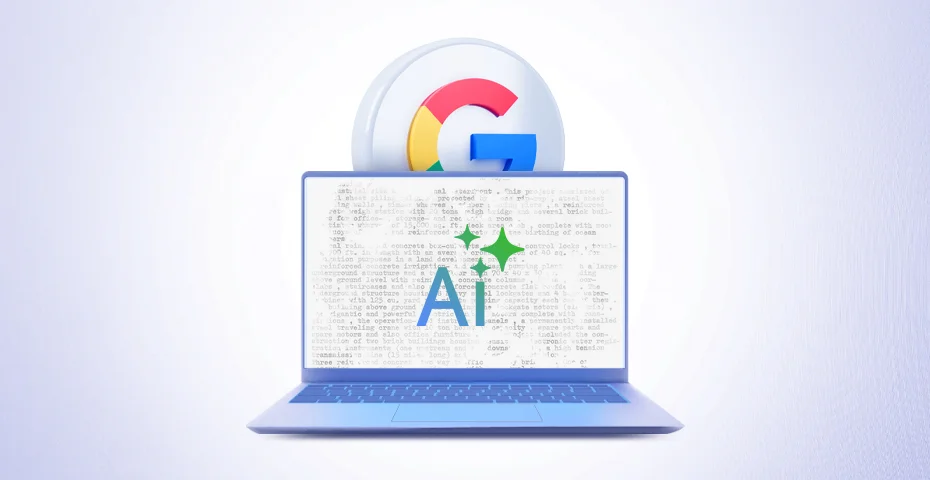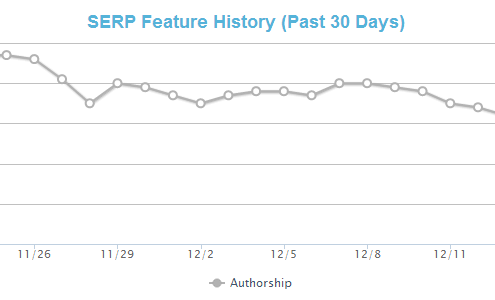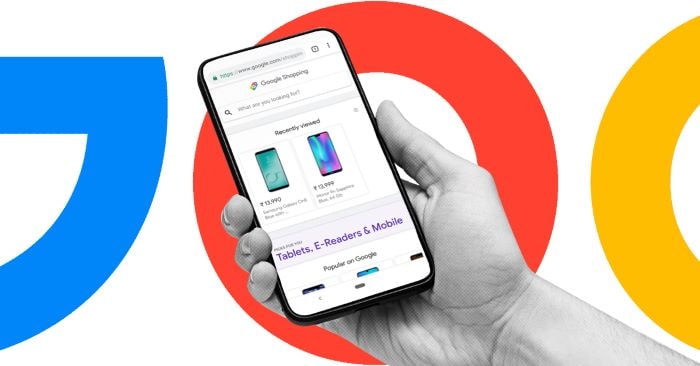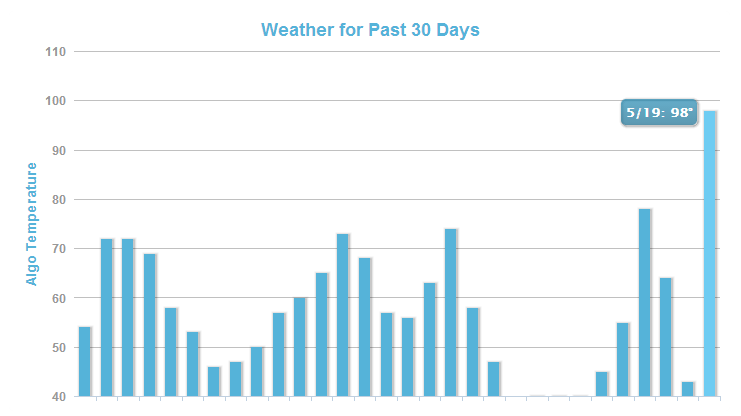Google’s Take on AI Content: Quality Reigns

The rise of generative AI has transformed content creation almost overnight. From blog posts to product descriptions, AI-generated content is flooding the web. But amid the excitement, confusion still lingers: How does Google really treat machine-written content? Is it favored, penalized—or simply judged like everything else?
Let’s clear the air. Google doesn’t care who or what wrote your content—what matters is the content quality. Whether your article is written by a human, an AI, or a hybrid team, it needs to satisfy the same set of standards: clarity, usefulness, and trust.
And when it comes to visibility in high-impact placements like Google’s AI Overview results, the bar gets even higher. These AI-generated summaries showcase content that Google trusts—content that’s not just fast, but also original, insightful, and people-first.
So, what does that mean for brands using AI tools to scale content production? Simply this: You can use AI—but you must still prioritize value. Here’s how to do it right.
What Is Google’s Official Policy on AI-Generated Content?
Let’s start with Google’s own stance. According to Google AI content guidelines, content created with AI isn’t banned or penalized by default. In fact, AI tools can be valuable contributors—if the content they help generate meets Google’s helpful content system criteria.
The focus isn’t on the tool. It’s on the intent and the output. This aligns with what are Google’s guidelines on AI-generated content: create content for people, not search engines.
This also connects to Google’s helpful content system and AI integrations. When Google pulls answers into AI Overviews, it doesn’t check for authorship—it checks for value, structure, trust, and clarity. If your content fails on those signals, it won’t be featured—regardless of whether it’s human- or AI-authored.
Why Do Quality Signals Matter in Google’s AI Search?
There’s a common myth that AI-created content is automatically seen as spammy or low-value. That’s not true. The problem lies in execution—many treat AI content as “done” content, hitting publish without review or strategy.
But how Google detects low-quality AI content is based on signals, not the author. These include:
The takeaway? Don’t blame the tool—blame the lack of human oversight in AI content. AI can draft, but it can’t think. The human layer is what elevates AI work from functional to trustworthy.
How Can You Apply E-E-A-T to AI Content?
Google has made it clear that E‑E‑A‑T (Experience, Expertise, Authoritativeness, and Trustworthiness) signals are still core to high-ranking content—especially in AI-powered search results.
Here’s how to ensure AI content shows E‑E‑A‑T signals:
This human-led approach ensures your content reflects Experience Expertise Authoritativeness Trustworthiness—a key part of AI content trust signals that both users and algorithms look for.

Trust Signals: How Can You Get Cited in Google’s AI Overview Results?
Being featured in Google’s AI-generated summaries is the new SEO win. But it doesn’t happen randomly. You need to send the right AI content and SEO signals.
Here’s how to boost your chances:
Cite Clear and Credible Sources
Avoid fluff and vague claims. Reference original data, trusted organizations, and expert opinions.
Include Author Bios and Credentials
Adding a real name, face, and credentials builds transparency and earns trust. It shows best practices for human oversight of AI content in action.
Structure Your Formatting for Search
Use question-style subheaders, bullet points, tables, and bolded phrases. Not just for readers—but because Google needs content it can scan and extract easily.
Use People-First Tone
Stop “keyword stuffing”. Start “question answering”. Content that anticipates user needs is exactly what Google spam policies AI rules are designed to reward—not penalize.
After all, why generic AI content is penalized comes down to one thing: it doesn’t help users. High-quality AI content, with clear purpose and careful human review, does.
Quality Reigns in the Age of AI
Content creation is evolving fast. Generative tools give us speed and scale—but that only matters if the result is meaningful. In Google’s ecosystem, the question isn’t “Was this written by AI?” It’s “Does this help someone?”
If your goal is visibility in Google’s AI Overview features, your content must be clear, trustworthy, and useful. It needs to follow Google AI content guidelines and integrate the helpful content system Google built to prioritize genuine value.
That’s where a strategic partner, like Truelogic, can make all the difference. We help brands develop scalable content systems that balance AI efficiency with human oversight in AI content, aligning content strategy with Google’s evolving expectations.
Because no matter how search changes, one truth stays the same: quality always wins.










